Romanticism, Origins, and the History of Heredity
New Studies in the Age of Goethe
General Editor
Jane K. Brown, University of Washington
Editorial Board
Martha Helfer, Rutgers University
Simon Richter, University of Pennsylvania
Astrida Orle Tantillo, University of Illinois at Chicago Circle
Advisory Board
Hans Adler, University of Wisconsin
Frederick Beiser, Syracuse University
Benjamin Bennett, University of Virginia
Nicholas Boyle, University of Cambridge
Fritz Breithaupt, Indiana University
Rdiger Campe, Yale University
Andreas Gailus, University of Minnesota
Richard Gray, University of Washington
Gail Hart, University of California at Irvine
Jonathan M. Hess, University of North Carolina at Chapel Hill
Alexander Kosenina, University of Bristol
John A. McCarthy, Vanderbilt University
Nicholas Rennie, Rutgers University
Stephan Schindler, Washington University in St. Louis
Robert Tobin, Whitman College
Liliane Weissberg, University of Pennsylvania
David Wellbery, University of Chicago
Karin Wurst, Michigan State University
New Studies in the Age of Goethe , sponsored by the Goethe Society of North America, aims to publish innovative research that contextualizes the Age of Goethe, whether within the fields of literature, history (including art history and history of science), philosophy, art, music, or politics. Though the series editors welcome all approaches and perspectives, they are especially interested in interdisciplinary projects, creative approaches to archival or original source materials, theoretically informed scholarship, work that introduces previously undiscovered materials, and projects that re-examine traditional epochal boundaries or open new channels of interpretations.

Titles in the Series
Mary Ellen Dupree, The Mask and the Quill: Actress-Writers in Germany from Enlightenment to Romanticism
Peter J. Schwartz, After Jena: Goethes Elective Affinities and the End of the Old Regime
Brian Tucker, Reading Riddles: Rhetorics of Obscurity from Romanticism to Freud
Benjamin Bennett, Aesthetics as Secular Millenialism: Its Trail from Baumgarten and Kant to Walt Disney and Hitler

Romanticism, Origins, and the History of Heredity

Christine Lehleiter
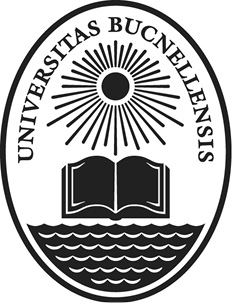
Bucknell University Press
Published by Bucknell University Press
Copublished by The Rowman & Littlefield Publishing Group, Inc.
4501 Forbes Boulevard, Suite 200, Lanham, Maryland 20706
www.rowman.com
Unit A, Whitacre Mews, 26-34 Stannery Street, London SE11 4AB, United Kingdom
Copyright 2014 by Christine Lehleiter
Permission to reprint parts of ch 4, which originally appeared as On Genealogy: Biology, Religion, and Aesthetics in E. T. A. Hoffmanns Elixiere des Teufels (1815/16) and Erasmus Darwins Zoonomia (179496). The German Quarterly 84.1 (Winter 2011): 4160.
All rights reserved . No part of this book may be reproduced in any form or by any electronic or mechanical means, including information storage and retrieval systems, without written permission from the publisher, except by a reviewer who may quote passages in a review.
British Library Cataloguing in Publication Information Available
Library of Congress Cataloging-in-Publication Data
Lehleiter, Christine.
Romanticism, origins, and the history of heredity / Christine Lehleiter.
pages cm. (New studies in the age of Goethe)
Includes bibliographical references and index.
ISBN 978-1-61148-565-3 (cloth : alk. paper) ISBN 978-1-61148-566-0 (electronic) 1. Romanticism. 2. Heredity, Human. 3. Breeding in literature. 4. Biology in literature. I. Title.
PN603.L44 2014
809'.9145dc23
2014033371
 The paper used in this publication meets the minimum requirements of American National Standard for Information SciencesPermanence of Paper for Printed Library Materials, ANSI/NISO Z39.48-1992.
The paper used in this publication meets the minimum requirements of American National Standard for Information SciencesPermanence of Paper for Printed Library Materials, ANSI/NISO Z39.48-1992.
Printed in the United States of America

NSLV
A Note on Translations

Unless otherwise noted, translations are mine. I have tried to stay as close as possible to the syntax and vocabulary of the original German.
Acknowledgments

My institutional debts are great. A Fellowship from the Center for Eighteenth-Century Studies at Indiana University provided invaluable time in the early stages of this project. A Connaught Start-up Award from the University of Toronto and an Insight Development Grant from the Social Sciences and Humanities Research Council Canada made available crucial funding. The Herzog August Bibliothek Wolfenbttel generously supported a three-month exploration of its inexhaustible treasures. The excellent collections at the Thomas Fisher Rare Book Library, University of Toronto, made it possible to study the history of science in between classes. When materials were difficult to find the team from Kelly InfoExpress at St. Michaels College was of immense help; I would like to thank in particular Manda Vrkljan.
I am deeply grateful for the incredible enriching time at Indiana University during which this project was started. Most of all I thank Fritz Breithaupt for his intellectual engagement, generosity, and unsurpassed dedication during the PhD years and to this day. Deidre Lynch has been a role model ever since. Bill Rasch and Michel Chaouli have been extraordinary teachers who shaped how I think about the long eighteenth century. At Florida State University, I thank William Cloonan and all my colleagues in the German division for their kind support during my short time there. New colleagues at the University of Toronto, York University, the University of Guelph, and the University of Waterloo have been wonderful conversation partners in the last years. For interest in and support for this project I thank in particular: Tina Young Choi, Angelica Fenner, Willi Goetschel, Alice Kuzniar, Paola Mayer, John Noyes, Cannon Schmitt, Stefan Soldovieri, Mark Solovey, Anna Shternshis, Marga Vicedo, and John Zilcosky. I am particularly indebted to Markus Stock, a mentor able to combine professionalism and humanity in exemplary ways. I am grateful to my students, especially Teresa Sudenis and Veronika Rummel, and my research assistant Christin Bohnke who worked tirelessly on obtaining permissions for the reproduction of images. For collegiality, friendship, and for stimulating discussion, I thank Christian and Dana Weber, Elliott Schreiber, Andrea Thormhlen, and all my colleagues during the student years and beyond.
Next page
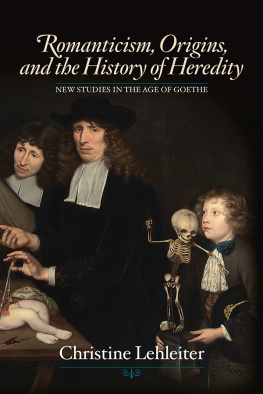
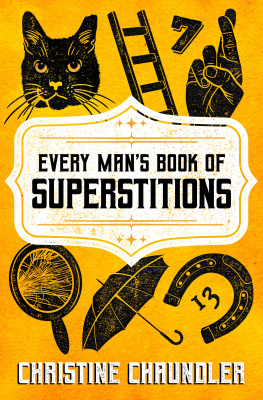

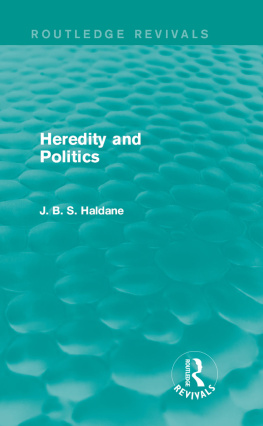
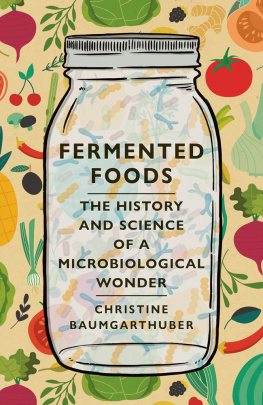
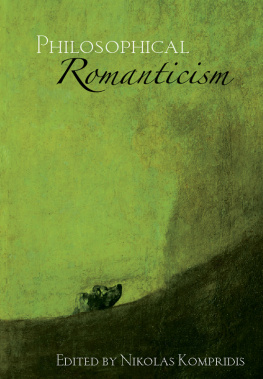

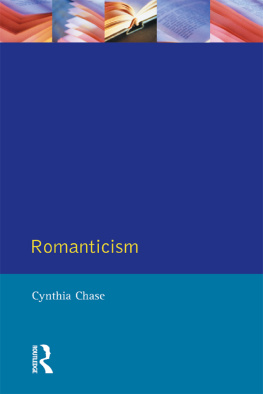
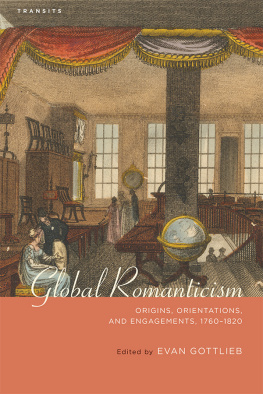
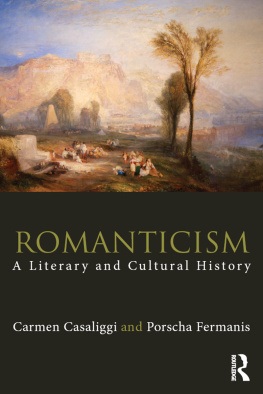
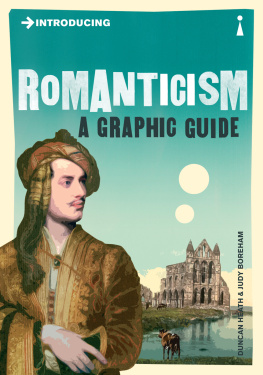




 The paper used in this publication meets the minimum requirements of American National Standard for Information SciencesPermanence of Paper for Printed Library Materials, ANSI/NISO Z39.48-1992.
The paper used in this publication meets the minimum requirements of American National Standard for Information SciencesPermanence of Paper for Printed Library Materials, ANSI/NISO Z39.48-1992.

